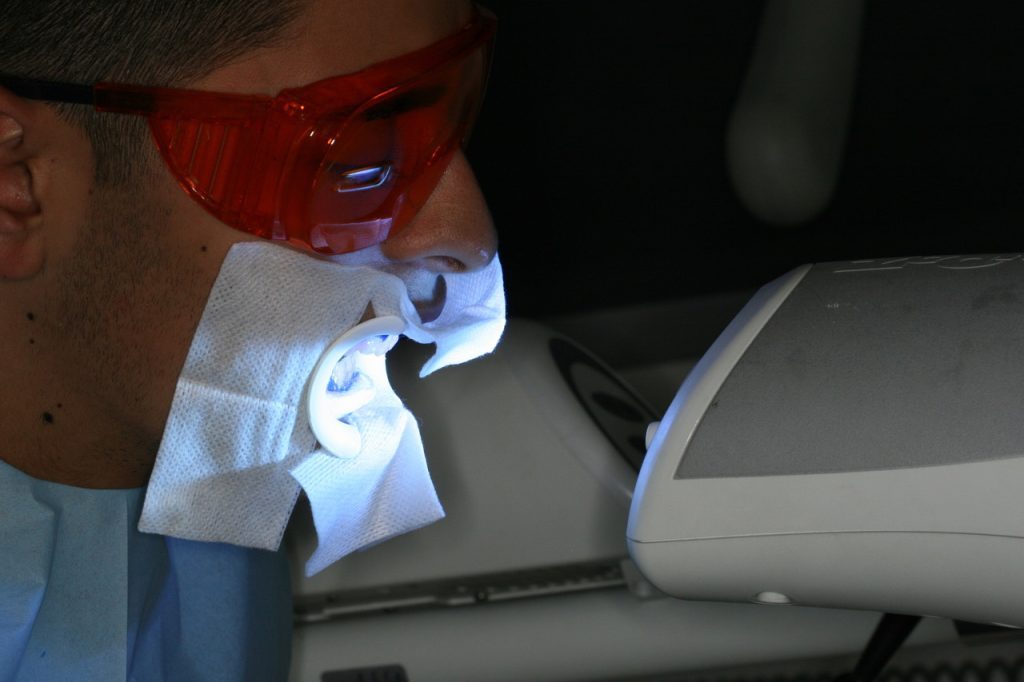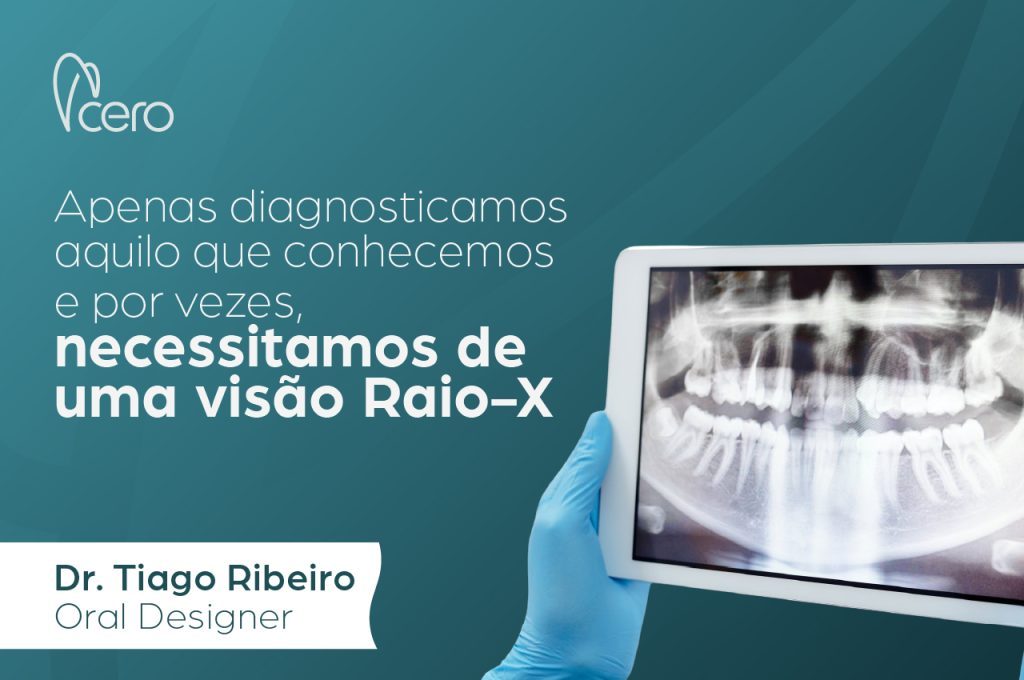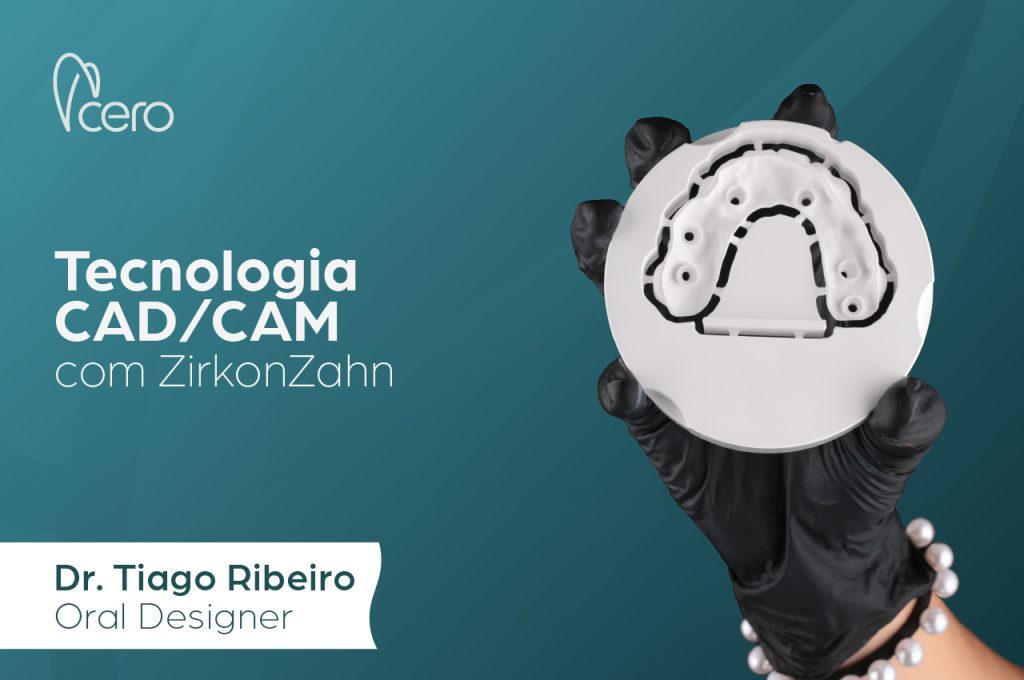Tooth whitening and its controversial effects
The history of dentistry is made up of numerous efforts made to achieve an effective method of tooth whitening.
Tooth whitening began in 1868, by means of oxalic acid and later hydrogen peroxide was concentrated with the help of a heating instrument or a light source for its activation on the teeth.
In the late 1960s, a successful at-home teeth whitening technique was established when Dr. Bill Klusmier, an orthodontist, instructed his patients to use an oral antiseptic that contained 10% carbamide peroxide and was placed in a tray that the patient wore overnight. Dr. Klusmier found that this treatment not only improved gum health but also whitened his teeth.
Bleaching agents were introduced in the United States in the 1990s, containing lower concentrations of Hydrogen peroxide or Carbamide Peroxide and sold directly to consumers for domestic use.
The current in-office teeth whitening technique usually uses different concentrations of hydrogen peroxide, between 15% and 40% with or without light.
Types of tooth stains / discolorations
Many types of color problems can affect the appearance of teeth, and the causes of these problems vary, as does the speed with which they can be removed.
Tooth color tails should be carefully evaluated to better predict the success rate and the degree to which whitening will improve tooth color, as some stains yield more easily to the whitening process than others. Discolorations can be extrinsic or intrinsic.
EXTRINSIC STAINS
Extrinsic stains usually result from the accumulation of chromatogenic substances on the outer surface of the tooth. Extrinsic color changes may occur due to poor oral hygiene, chromatogenic food and beverage intake, and smoking habits.
The retention of these chromatogenic elements occurs when the proteins in saliva bind to the enamel surface through bonds with calcium and consequently leading to the formation of a film. In the initial staining phase, chromogens interact with this film through hydrogen bonds.
Most extrinsic stains can be easily removed by routine oral hygiene procedures. Over time, these stains will darken and become more persistent, but they still respond easily to teeth whitening procedures.
INTRINSIC STAINS
Intrinsic stains are usually caused by deeper internal stains or enamel defects. They are caused by aging, ingestion of food and chromatic drinks, tobacco use, tetracycline-based medication, excessive fluoride intake, severe jaundice in childhood, dental caries, restorations and thinning of the enamel layer.
Aging is a common cause of discoloration. Over time, the dentin tends to darken due to the formation of a tissue called secondary dentin, which is darker and more opaque than the original dentin, and consequently the tooth enamel becomes thinner and allows the darker color of the dentin to be more visible.
Intrinsic stains cannot be removed with common oral hygiene procedures. However, they can be reduced by bleaching with agents that penetrate the enamel and dentin. Tooth stains caused by aging, genetics, tobacco or coffee are the quickest to respond to whitening.
Current bleaching agents contain both active and inactive ingredients. Active ingredients include hydrogen peroxide or carbamide peroxide compounds.

Tooth whitening mechanism
Whitening products used in the office or at home contain hydrogen peroxide or carbamide peroxide as an active component in concentrations ranging from 3% to 40%.
The activation of hydrogen hydroxide through light or lasers leads to the formation of hydroxyl radicals from hydrogen peroxide and has been shown to increase the bleaching potential resulting in faster results.
Some whitening products have calcium phosphate associated with reducing sensitivity, reducing enamel demineralization through a remineralization process after whitening treatments, and increasing tooth shine.


There are two types of bleaching:
Bleaching in Clinic
This bleaching uses a high concentration of bleaching agents, hydrogen peroxide between the 25-40%. This type of whitening is safer because the dentist has complete control during the procedure and has the ability to finish the procedure in the desired shade/effect.
In this type of whitening different types of activating lights (halogen light, plasma lapada, Xe-halogen light, diode lasers or metal halide light) can be used to activate the whitening gel or accelerate the whitening effect.
This type of whitening is carried out for about an hour in the clinic for 20-minute sessions.
Outpatient whitening (at home)
Whitening done at home offers the following advantages: self-administration by the patient, less time in the office, high degree of safety, lower cost. However, this technique in terms of results is not always so efficient because it requires accountability on the part of the patient and that is often not fulfilled.
The 35% concentration of hydrogen peroxide is recommended by some doctors for in-office teeth whitening, while outpatient whitening (done at home) uses concentrations of 10%, 15%, or 20% carbamide peroxide.
There are also numerous over-the-counter whitening products sold either in supermarkets or through teleshopping, which have increased in popularity in recent years. These products are composed of a low concentration of bleaching agent (3 to 6% hydrogen peroxide). These bleaching agents can be of highly questionable safety because some are not regulated by the Food and Drug Administration (FDA).
Effects of the bleaching process
Effects on soft tissues (gums)
More potent in-office bleaching (30-35% hydrogen peroxide) can easily produce soft tissue burns, turning the tissue white. In general, these fabric burns are reversible, with no long-term consequences, if exposure to the bleaching material is limited in time and quantity.
Rehydration and the application of an antiseptic gel leads to rapid recovery of tissue color. Therefore, it is very important to protect soft tissues with a rubber dam or other measures to prevent tissue burns.
In addition, soft tissue irritation has been reported with home bleaching. This irritation is likely due to an ill-fitting whitening tray, and not associated with the bleaching agent itself.
Systemic effects
There is greater concern about the possible adverse effects of ambulatory whitening agents, although their concentrations are much lower than those of in-office whitening agents, because these are controlled by the dentist.
Occasionally, patients report irritation of the gastrointestinal mucosa, e.g., burning taste and throat, and minor disturbances in the stomach or intestines. However, most reports in the literature have concluded that the use of low concentrations of hydrogen peroxide in teeth whitening is still safe.
Effects of tooth whitening on tooth structure:
The most recent studies have examined changes in the micromorphology and microhardness of the enamel surface after bleaching with two different concentrations of hydrogen peroxide and carbamide peroxide, using bleaching gel containing 10% or 35% Carbamide peroxide or 3.6% or 10% Hydrogen peroxide, respectively. for two hours every second day over a 2-week period. It was found that the application of carbamide peroxide and hydrogen peroxide showed only small quantitative and qualitative differences, i.e., they do not negatively alter the tooth surface in a valueable way.
In conclusion, the growing demand for teeth whitening has led many manufacturers and researchers to develop whitening products to be used in the office or at home. However, as with any dental procedure, whitening involves risks.
To minimize the risks, it is necessary to consult a dental professional who has knowledge and experience in this type of procedure in order to give the patient all the indications and rules to comply with to achieve success in the whitening process.




